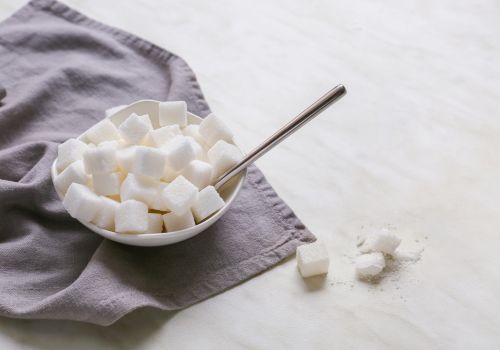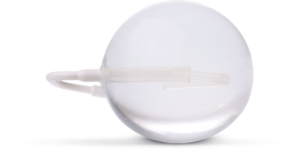Sucrose intolerance is a carbohydrate malabsorption caused by sucrase-isomaltase deficiency. The condition refers to the inability to eat foods that contain sucrose without garnering adverse symptoms. If you have low or no enzymes needed to digest sucrose, you’re considered sucrose intolerant.
At Spatz3 we think that the sucrose has to be broken down in the small intestine by the sucrase enzyme. However, sucrose malabsorption happens when the sucrose isn’t correctly absorbed in the small intestine.
Forms of intolerance
There are two forms which include:
- Acquired sucrose intolerance: You can get it due to the damage to the gut from other infections like irritable bowel syndrome (IBS), celiac disease, and other digestive disorders
- Congenital Sucrase-Isomaltase Deficiency (CSID): when you are born with it naturally and lack enough of the sucrase enzyme to digest it

Sucrose intolerance symptoms
The symptoms of sucrose intolerance usually happen within 30 to 60 minutes of eating foods high in sucrose. Your tolerance level can vary as you experience mild or severe symptoms that could disrupt your life. You experience the symptoms after eating as the intestine contains bacteria and organisms that are part of the microbiome, such as sugar.
When they are offered sugar in foods, the organisms eat and consume the sugars; hence, they produce gas, which causes bloating and pain.
The symptoms include:
- Frequent diarrhea – a common symptom due to the sugar’s effect on the intestine.
- Gas and bloating.
- Smelly stool.
- Abdominal pain.
- Postprandial cramping.
- Stomach aches.
- Nausea.
- Indigestion.
You can also experience mental and emotional symptoms, which include:
- Anxiety and fear of eating (you fear eating something that will make you get sick).
- Confusion on how to manage your symptoms.
- Depression and frustration.
- Embarrassment when you need to use the bathroom frequently.
- Feeling misunderstood.
- Isolation and loneliness.
Foods to avoid with sucrose intolerance
Fruits and vegetables contain sucrose, hence you should monitor your intake. You can only eat them in small amounts. These fruits and vegetables include apples, dates, bananas, honeydew melon, grapefruit, pineapples, raisins, beans, peas, sweet pickles, lentils, and peaches.
Other foods you should avoid include:
- Cane, Brown, Maple, and
- Table sugar.
- Molasses.
- Granola bars.
- Breakfast cereal.
- Muffins.
- Pudding.
- Cookies.
- Pies.
- Jam.
- Pasta.
- Potatoes.
- Bread.
Managing intolerance
You can manage intolerance by tracking what you eat and identifying the sugar that causes the intolerance. When you understand your triggers, you can eliminate them from your diet. To avoid reactions, you should also eliminate foods mixed with sugar if you have allergies. You must avoid sugar if you’re intolerant unless you get a test and a proper diagnosis. You can choose sugar substitutes such as xylitol, stevia, saccharin, and aspartame.

Sucrose intolerance diet
This diet helps you relieve your gut symptoms, and you can follow some steps to make it work. It would help if you worked with a registered and informed dietitian to simplify this process.
The first step is to identify which of your usual foods contain sucrose and identify the ones you should avoid. You should monitor the low-sucrose fruits that may trigger your symptoms. Limit your servings of the meals and ensure you don’t exceed your threshold.
The next step is to swap out high-sucrose foods for low-sucrose foods, for instance, fruits, where you can substitute cherries for raisins. Follow this diet for 4 to 5 weeks until symptoms disappear. You can eat most meats, fish, seafood, and eggs with minimal or no sucrose.
The third step is to track your meals and symptoms to ensure you can pinpoint your patterns. You can track your feelings, progress, and if your symptoms are clearing up. You can also track your body’s reaction to sucrose if you took any during this diet.
Furthermore, if you have a gastric balloon, carefully examine the food and drink you take if your symptoms persist. The source of sucrose may be in some things you consume, such as your medication, condiments, and even chewing gum.
Lastly, reintroduce sucrose slowly into your diet. You can enjoy a little sucrose without feeling symptomatic as you could have enough sucrase enzymes to digest small quantities. Not everyone can consume the same amount of sucrose. You need to find your limit. You can start with unproblematic foods and use small portions.
The benefits of the diet are:
- Decreased gas, bloating and diarrhea.
- Reduces symptoms of intolerance.
- You realize your sucrose threshold.
- Address underlying digestive issues.
You should only try the diet if you are experiencing intolerance symptoms.


